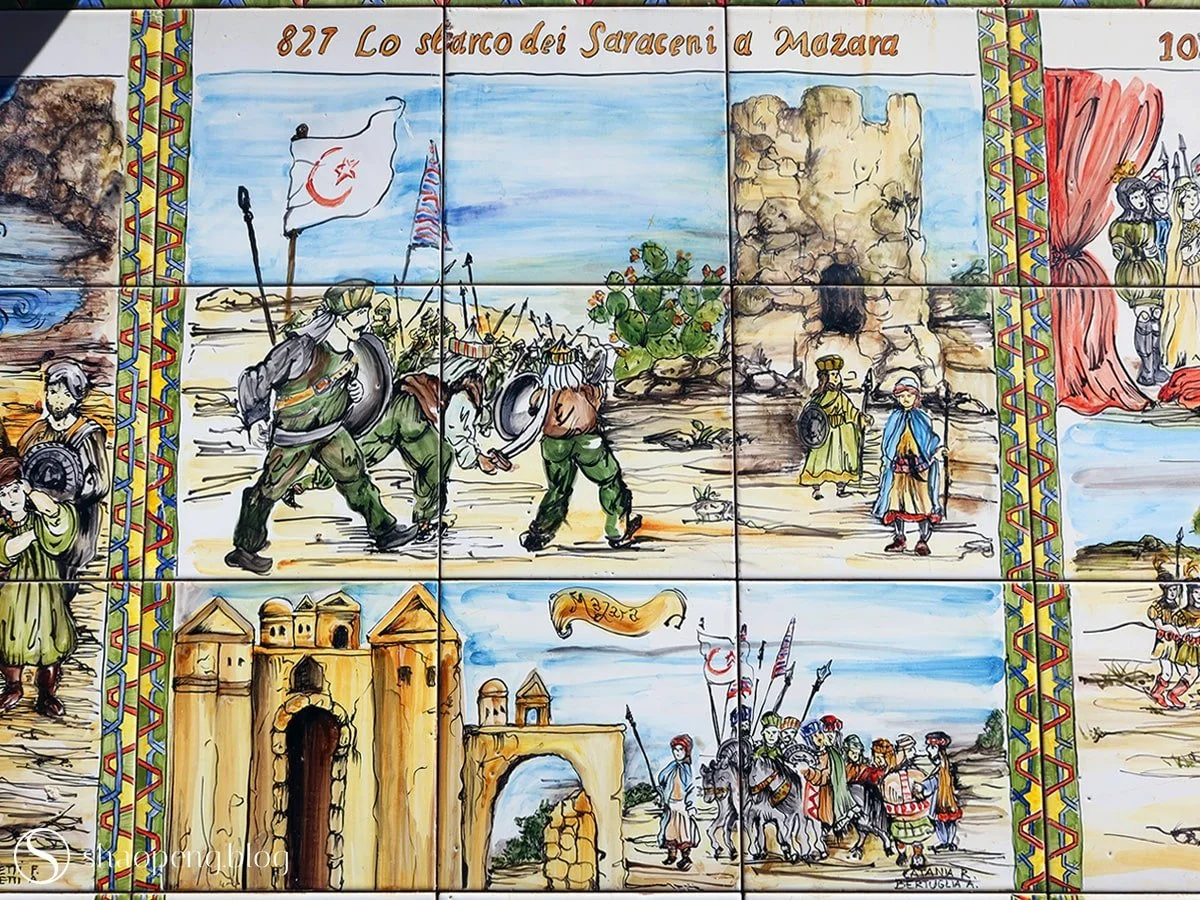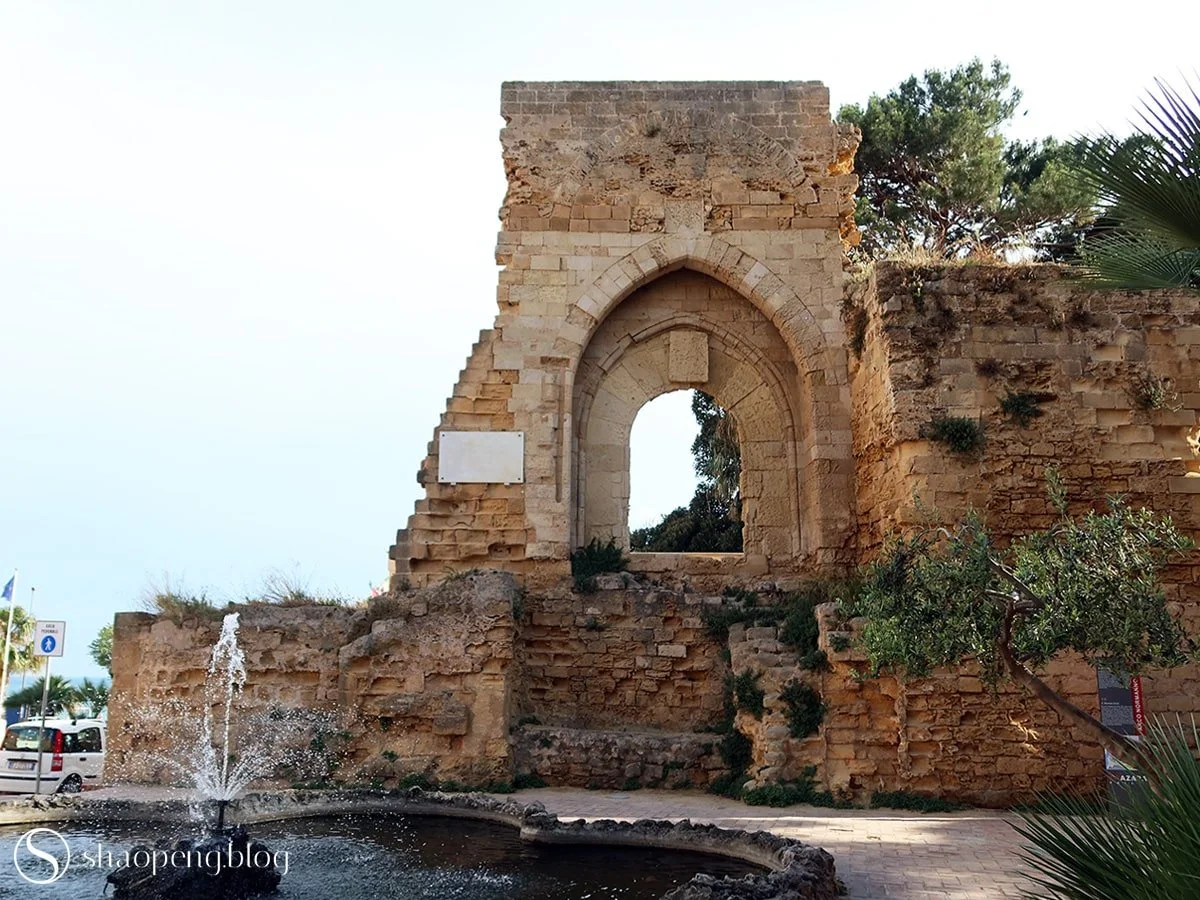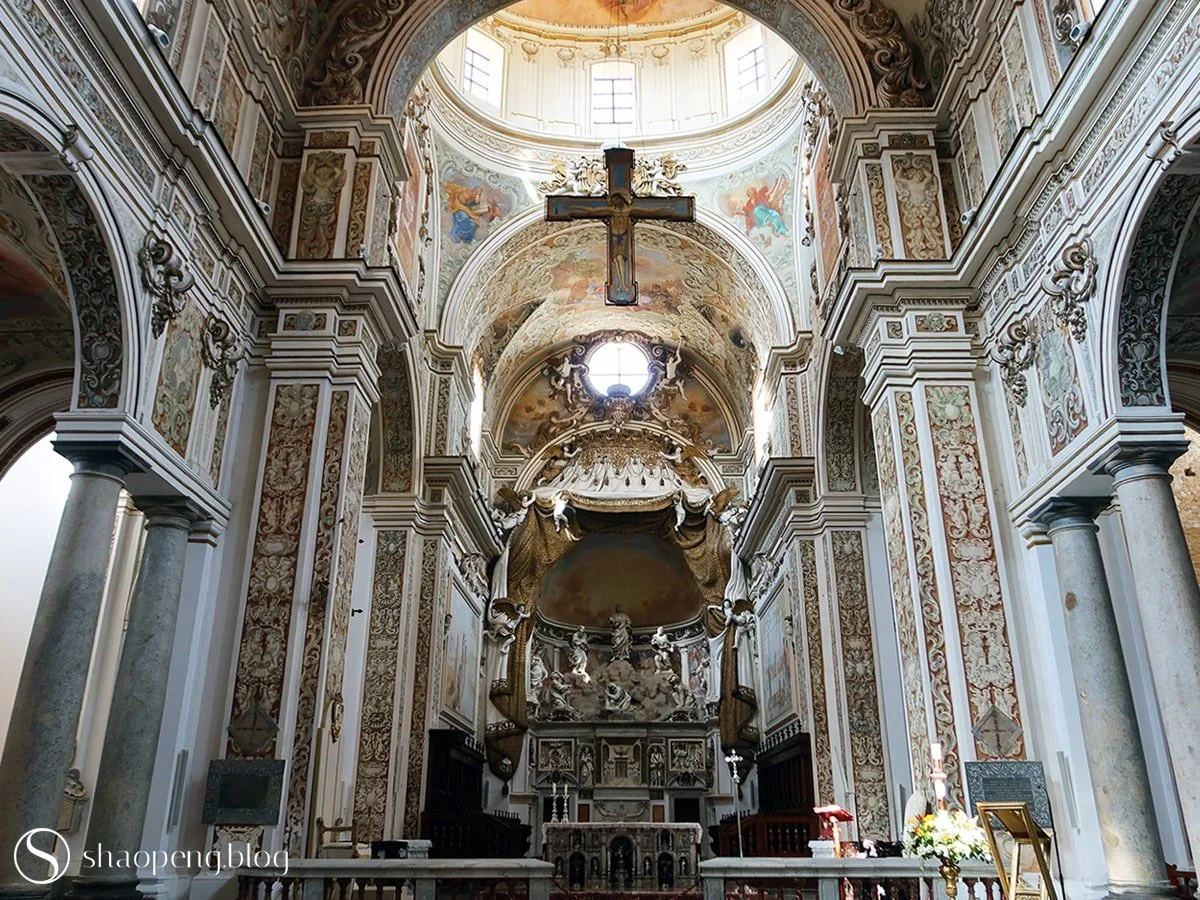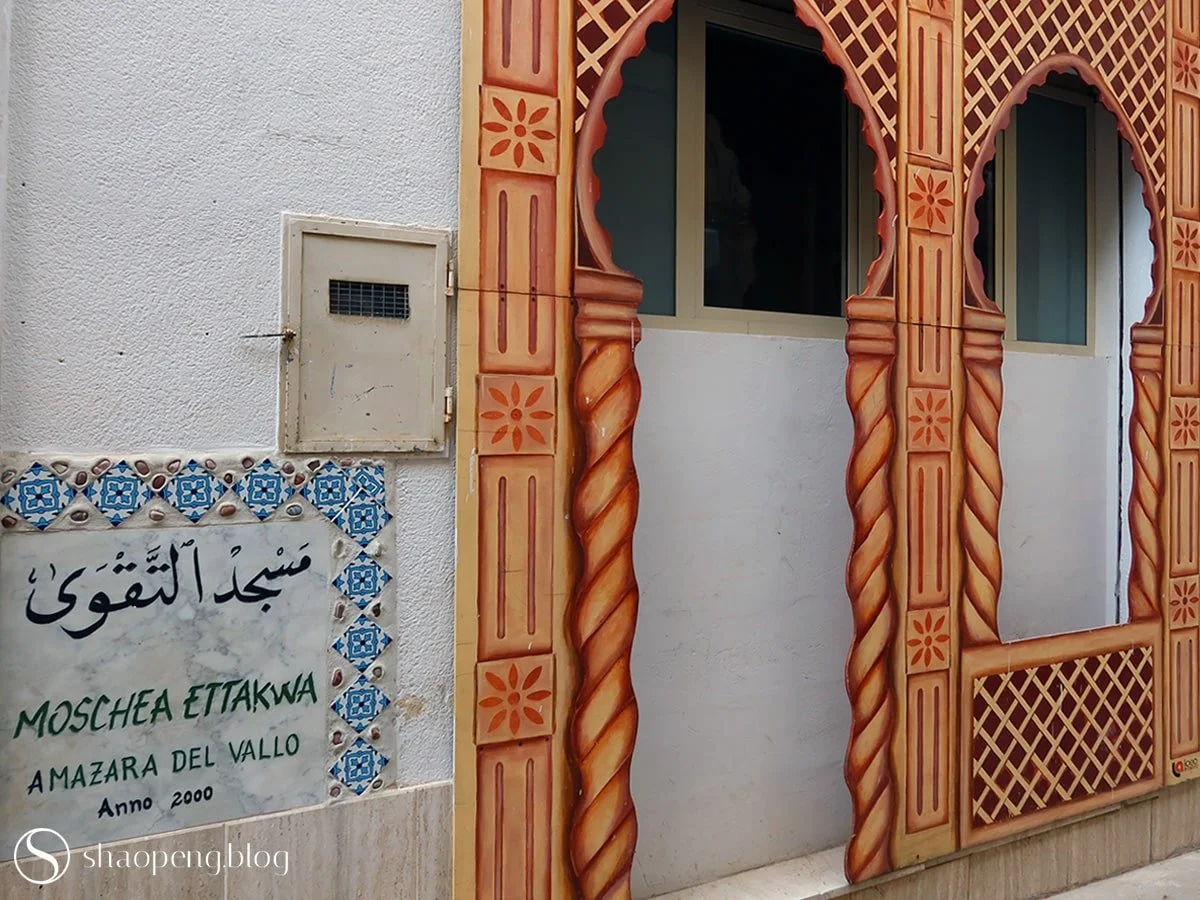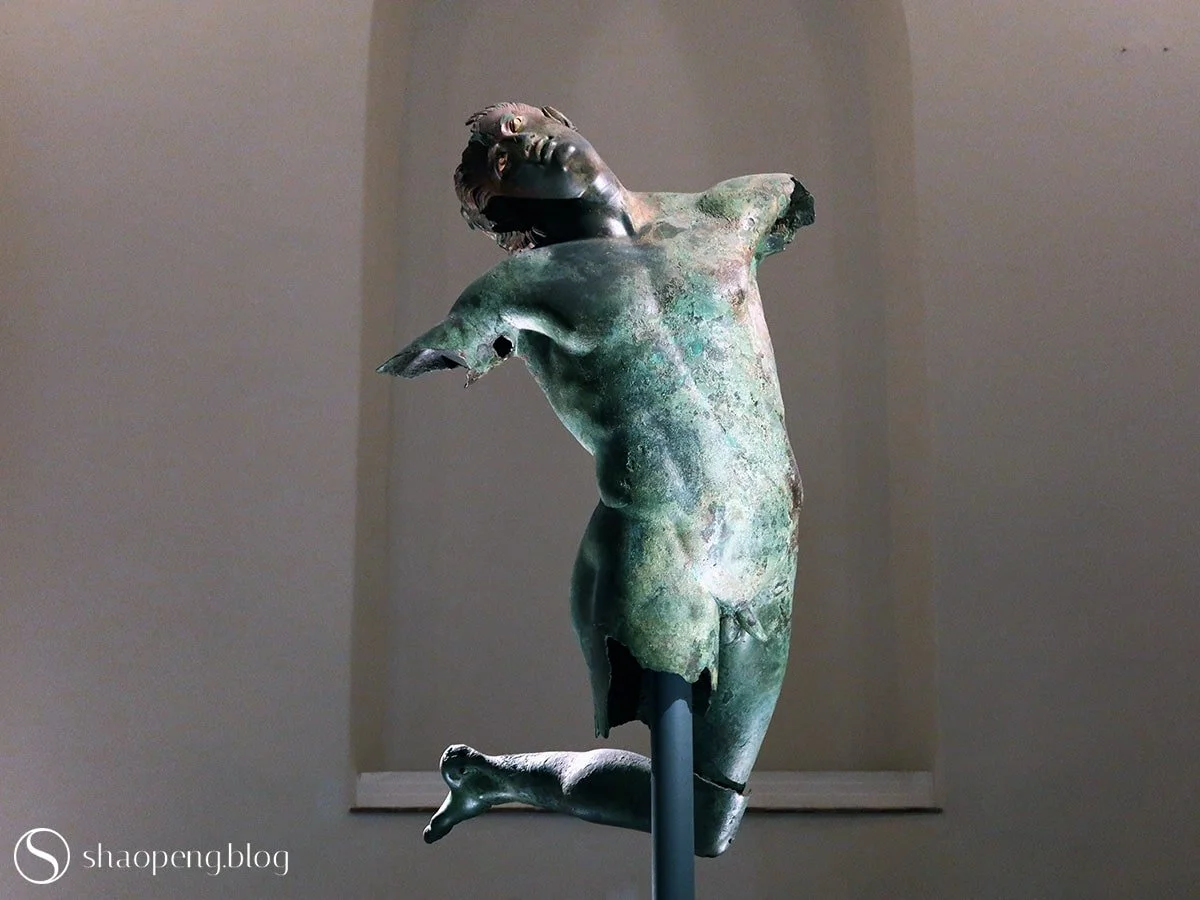Wander in Sicily: Mazara del Vallo
Mazara del Vallo may not be the first place that comes to mind when thinking of Sicily’s Arab-Norman past, but it’s a city where history still lingers in the air, waiting to be uncovered.
Sense of Wander: ★★★★☆
Mazara del Vallo, split by the Mazaro River, is one of Italy’s most vital fishing centres.
MAZARA DEL VALLO, Sicily — While mapping out my Arab-Norman itinerary, a quiet city in southwestern Sicily caught my eye: Mazara del Vallo.
To be honest, despite living in Italy for three years, I had never heard of Mazara del Vallo before. It may not be the first place that comes to mind when thinking of Sicily’s Arab-Norman past, but history lingers in the air here, waiting to be uncovered.
The famed Andalusi geographer and cartographer Al-Idrisi (1100–1165) once praised it as “an exalted city” with no equal. That alone was enough to pique my curiosity.
Perched at the mouth of the Mazaro River and gazing out over the Mediterranean, Mazara del Vallo today thrives as one of the region’s key fishing hubs, home to some 400 deep-sea trawlers. But it wasn’t the fishing industry that drew me in — it was the city’s labyrinthine historic centre shaped by the Arabs over a thousand years ago.
Mazara del Vallo’s history is deeply tied to its geography. As early as the 11th century B.C., Phoenician traders established it as a key stop on their route to Spain. Over the centuries, it passed through the hands of the Greeks, Carthaginians, and Romans before facing the turbulent Vandal and Gothic invasions. Stability returned under Byzantine rule, but it was the Arab-Berber conquest that transformed Mazara into a thriving legal and cultural hub.
In 827, Asad ibn al-Furat (759–828) led an Aghlabid fleet from Ifriqiya (modern-day Tunisia) and landed at Mazara del Vallo, marking the start of the Islamic conquest of Sicily. What followed was a decades-long campaign, with Palermo falling in 831 and becoming the capital of the Emirate of Sicily.
On June 16, 827, the Arabs — also referred to as the Saracens — conquered Mazara del Vallo, ushering in the era of Arab rule in Sicily.
This ceramic panel illustrates the four quarters that divide the historic centre of Mazara del Vallo, offering a glimpse into the city’s rich historical and cultural influences over the centuries.
Take a stroll through the historic centre of Mazara del Vallo today, and you’ll find traces of its four ancient quarters: San Francesco, San Giovanni, Giudecca, and Xitta. These divisions illustrate the city’s complex history, shaped by the diverse communities that once thrived here.
San Francesco, named after the Church of San Francesco, reflect the influence of the Franciscan order in the region. Likewise, San Giovanni speaks to the city’s Christian presence. Then there’s Giudecca, its name derived from Giudea (Italian for “Jewish”), a witness to the Jewish community that flourished here.
But what intrigues me most is Xitta, a quarter associated with Mazara’s Arab past. At its heart lies the Casbah, a name that evokes images of walled citadel or medina across the Maghreb. In Mazara del Vallo, the Casbah refers to the Arab district that was established in the 9th century when Sicily was under Islamic rule.
Its labyrinthine alleys and clusters of building were designed with purpose — to provide shade from the sun, shield from coastal winds, all the while fostering a sense of intimacy within the community. As I wandered through its narrow streets, I couldn’t help but imagine merchants and travellers navigating these same paths centuries before me.
Most buildings are bathed in warm hues of desert sand, reminiscent of the Sahara. Yet, every so often, you might stumble upon a hidden courtyard, an arched doorway, or pieces of decorative tilework — traces that whisper the city’s Islamic heritage into your ears.
The Casbah, the ancient Arab quarter of Mazara, is a maze of narrow, winding alleyways that once thrived under Arab and Norman rule.
This ceramic panel briefly details the history of Mazara del Vallo
The winding alleyways of the Casbah offer a one-of-a-kind adventure for wanderers.
By the 12th century, Sicily was already under Norman rule, but Arab influence remained deeply embedded in its administration, culture, and architecture. Mazara del Vallo, in particular, was the island’s leading centre for Islamic jurisprudence, home to prominent figures like Imam al-Mazari (1061-1141), alongside poets and scholars such as Ibn Rasiq and Ibn Safar.
Between 1093 and 1097, Mazara became the seat of government and residence of Count Roger (reigned 1071-1101), also known as Roger I. Described by Al-Idrisi as spacious with several pleasant estates, the city was a bustling centre frequented by merchants from across the Mediterranean, their ships laden with goods for export. At its peak, Mazara’s population grew to 30,000, making it the second-largest city in Val di Mazara after Palermo.
Today, the Norman Arch — once the gateway to the castle built by Roger I in 1072 — stands as the last remanent of the city’s Norman fortifications. The castle itself, unfortunately, was demolished in 1880 to make way for a public garden.
But if you stroll along the right bank of the Mazara River, the terminal for maritime routes dating back to the Phoenicians, you’ll find the Church of San Niccolò lo Regale. Dating to the early 12th century, its architecture — crowned by a dome — mirrors the Arab-Norman churches seen in Palermo. What’s intriguing is the Roman mosaic floor in the church’s basement, which can be viewed from the street, offering a sneak peak into the layered history of this remarkable city.
The Norman Arch of Mazara del Vallo is the last remanent of the Norman fortification in the city.
The Chiesa di San Nicolò Regale is a fine example of Arab-Norman architecture in Mazara del Vallo.
When Al-Idrisi visited Mazara in 1154, he painted a vivid picture of the city: “towering, fortified city walls, delightful dwellings, wide alleys, bustling markets filled with every kind of trades and products, grand bathhouses, extensive shops, and fertile orchards and gardens.”
But today, Mazara del Vallo feels like a different world from the lively city the Andalusi cartographer once described. The heart of the historic centre is eerily quiet, its streets nearly empty — except for a few tourists and the occasional curious wanderer.
Yet, traces of its vibrant past remains, captured in ceramic tiles scattered throughout the historic centre, particularly along Via Carlo Agostino. Hand-painted by local artisans, these tiles bring Mazara’s layered history to life in animated scenes and colours. Each one tells a story — of conquests, coexistence, and tradition — giving us a peek into the city’s multicultural heritage.
Hand-painted ceramic tiles illustrating Mazara del Vallo’s rich history and culture can be seen on Via Carlo Agostino.
Under Arab and Norman rule, Mazara del Vallo flourished as a trading hub, attracting merchants from all corners of the world.
These two ceramic tiles, displayed side by side, illustrate how Mazara del Vallo embraced different religions at its peak — with Judaism on the left and Islam on the right.
In 1072, Mazara saw the construction of its grand cathedral and the establishment of a new diocese. The cathedral’s architecture blends Romanesque, Greek, and Baroque influences, but what catches my eye is its dome, adorned with lake-green glazed ceramic tiles that shimmer under the sunlight. It’s important to note that similar majolica tiles can also be found in some of Palermo’s churches, adding an unmistakable Islamic touch to the island’s skyline.
The mosaic-glazed tiles decorating the cupola of the Cathedral of Mazara del Vallo add a unique touch to this Catholic sanctuary.
The Cathedral of Mazara del Vallo, yielding a sense of grandeur with intricate details, is a stunning example of Sicilian Baroque style.
Being at the tip of Sicily, closest to the shores of Maghreb, it’s no surprise that the region is home to a sizable Tunisian community. Their presence may be subtle, but some elements are impossible to miss. As you wander through the Casbah, you’ll likely come across homes with exotic exteriors, featuring bold colours, intricate ceramic tiles, and pebbled walls that reflect Tunisian aesthetics.
And if you’re in need of a break, look for one of the local Tunisian restaurants, where you can enjoy dishes like couscous and kamounia — staples on the other side of the Mediterranean in North Africa.
And if you’re lucky, you might even stumble upon a masjid — the Arabic word for “mosque.” Its quiet presence adds a layer of spirituality to the ancient Arab quarter.
One day, just before Maghrib prayer, I was struck by the sound of the Muslim call to prayer echoing through Piazza della Repubblica, blending with the church bell ringing on the hour. Mesmerised by the experience, I then followed the fading resonance of the call and found Moschea Ettakwa. It was a beautiful moment that encapsulated the diversity of this historic centre in a way nothing else could.
While wandering through the heart of the Casbah, you might run into beautifully decorated Tunisian home — a hidden gem waiting to be discovered.
The patterned textile hung on the balcony enhances the oriental ambiance of the Casbah.
Hidden amidst the narrow alleys of the Casbah in Mazara del Vallo, this modest masjid offers a peaceful retreat for the Muslim community.
Eyem Zemen — closed since the summer of 2023 — once served delicious Tunisian cuisine in Mazara del Vallo.
The city’s rich heritage offers much to explore beyond its Arab-Norman past.
For museum lovers, the Museum of the Dancing Satyr is a must-see. It houses an ancient Greek bronze statue that was recovered from the sea off Sicily’s southwestern coast in 1998. Though missing both arms and one leg, the statue’s fluid torso, with its head thrown back as if in a state of ecstasy, is unlike anything I have seen. A closer look also reveals anatomical precision, giving the figure a remarkable sense of realism.
If you’re in the mood for a little adventure on the edge of the city, I recommend taking a walk along the corniche to Chiesa San Vito a Mare. This 18th-century church, built on the ruins of a Norman church, stands on the very rock where, according to legend, the young St. Vitus set out for Rome, destined for martyrdom. I’m particularly drawn to the church’s understated charm — its cream-coloured facade exudes a quiet, humble simplicity.
The Dancing Satyr, caught in a state of ecstasy, is a must-see for anyone visiting Mazara del Vallo.
The modest yet charming Chiesa San Vito a Mare is just a 20-minute walk from the Norman Arch.
Tips for wanderers — Don’t let the distance hold you back! Mazara del Vallo is easily accessible by coach from Palermo — a journey that takes less than two hours. I highly recommend staying at B. & B. Cortile Sant'Agostino Vito Napoli, one of the most welcoming places I’ve experienced in Sicily — they make you feel just like home.
Reference:
Idrisi, M. (2024). Al-Idrisi's Norman kingdom in the South: The Book of Roger in translation (Foundations) (K. Jacka, A. Fatima Kzzo, M. King, & S. Abdelkarim, Trans.). Arc Humanities Press.


